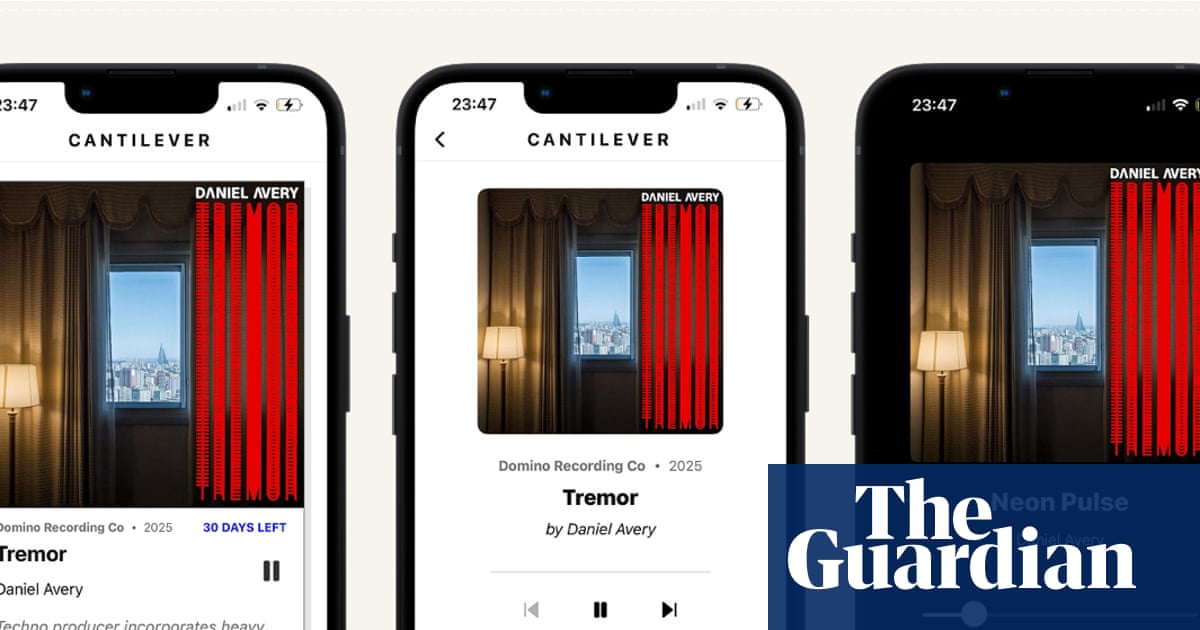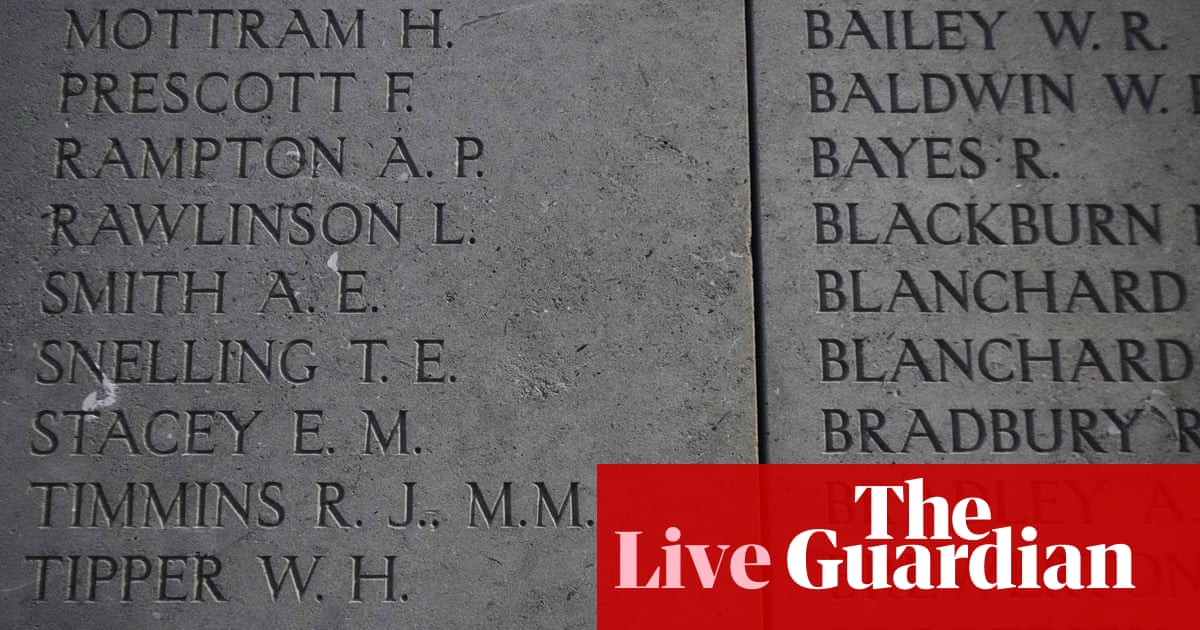The National Gallery has lifted its ban on collecting modern paintings made after 1900 as part of a revamp that will include a new wing, made possible after it secured a landmark investment of £375m.
A new part of the gallery will be built behind the Sainsbury building as part of Project Domani– “tomorrow” in Italian – after two donations of £150m each from Michael Moritz’s Crankstart foundation and the Hans and Julia Rausing Trust.
The remaining £75m will come from the National Gallery Trust and an anonymous group of donors.
An architecture competition will launch on Wednesday to decide who will design the space, with the new site expected to open in the “early 2030s”.
It will be the biggest project of its kind at a major British arts institution since the opening of Tate Modern 25 years ago. It is a coup for the National Gallery, which has managed to secure huge investment at a time when many arts institutions are struggling to raise funds for capital projects.
Gabriele Finaldi, the director of the National Gallery, told the BBC that the new project, which will sit where the St Vincent House location is now, would not dramatically change the feel of the gallery. He said part of the allure of the National is that it is “human sized and can be visited in a day” – as opposed to the imposing Louvre in Paris or Prado in Madrid.
Keir Starmer called the investment “fantastic news for the National Gallery and the arts in general”. The prime minister said it “boosts the economy, opens doors for educational experiences for young people and will make great art accessible for generations to come”.
A more controversial part of the announcement is the decision to start collecting works made in the 20th century. The gallery has traditionally not collected many post-1900 paintings because of an agreement with Tate, which in turn only collects modern art.
When Finaldi became director of the National Gallery in 2016 he spoke about his frustration at the 20th-century cutoff, which he felt was arbitrary, adding that it was “slightly frustrating to reach 1900 and then not go on”.
He added that the change in the collection policy is necessary because “as 1900 gets further and further away it will be natural for us to tell the bigger story”.
That agreement has not always been followed to the letter. The National Gallery already has more than 40 works made aince 1900, with paintings by Picasso and Cézanne in its collection.
But now the barrier of 1900 has been completely removed. The gallery hopes it will go some way to addressing the huge gender imbalance in its collection: of the 2,300 paintings in its collection, only 27 are by women.
Maria Balshaw, the director of Tate, officially welcomed the announcement saying that it was planning to work closely with the National Gallery to “further the national collection as a whole”.
But the shift will create more competition for Tate at a time when the institution is struggling with declining visitor numbers and financial woes that have resulted in staff redundancies.

 2 months ago
51
2 months ago
51

















































